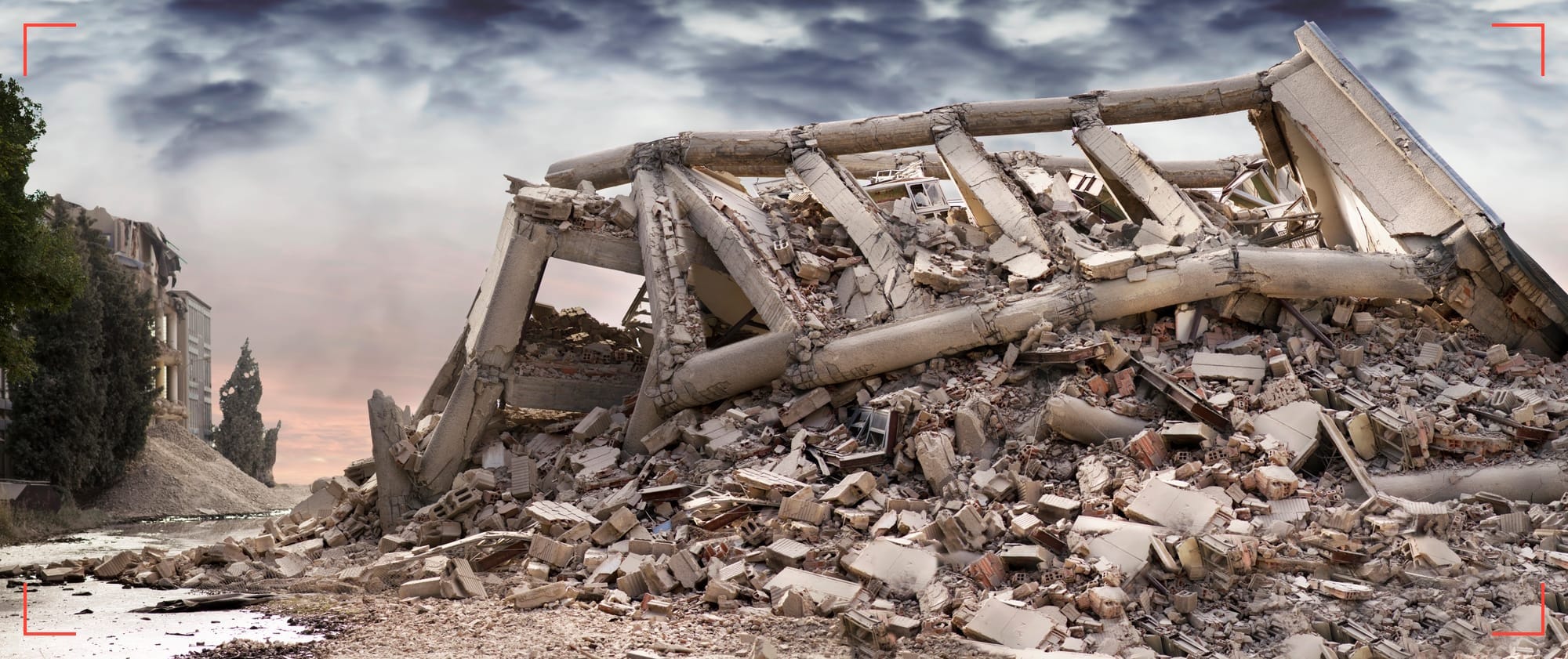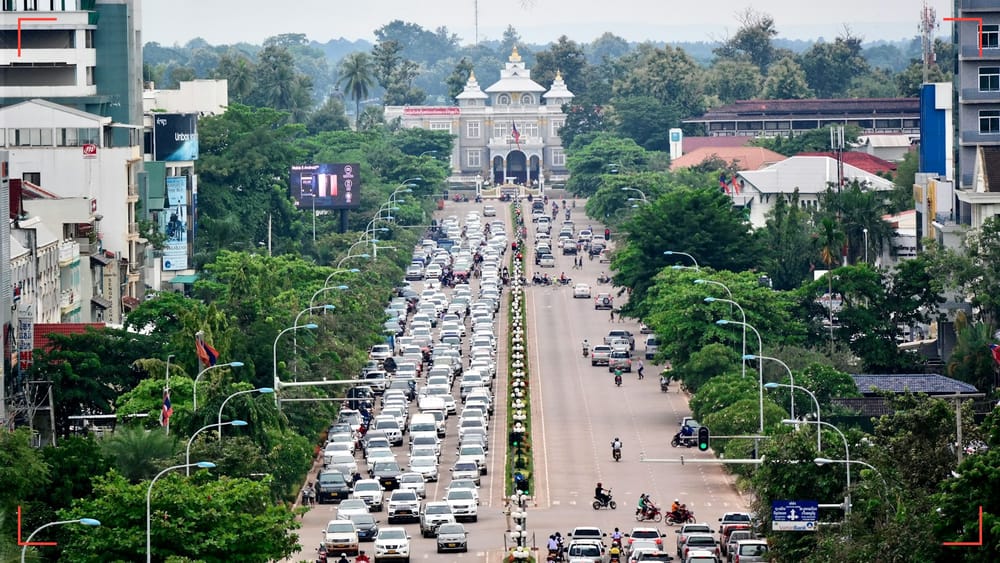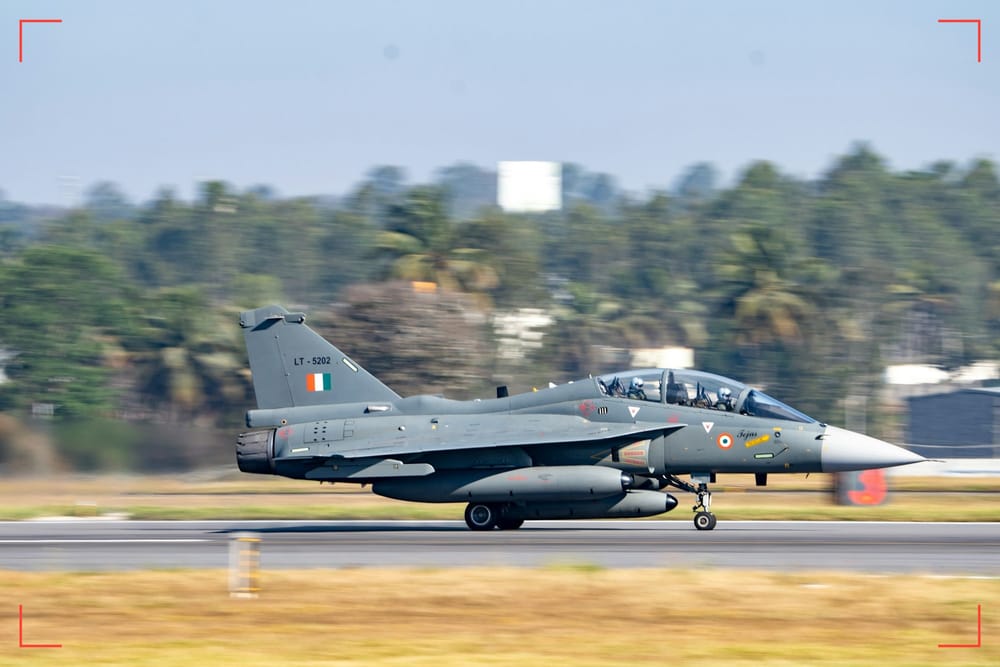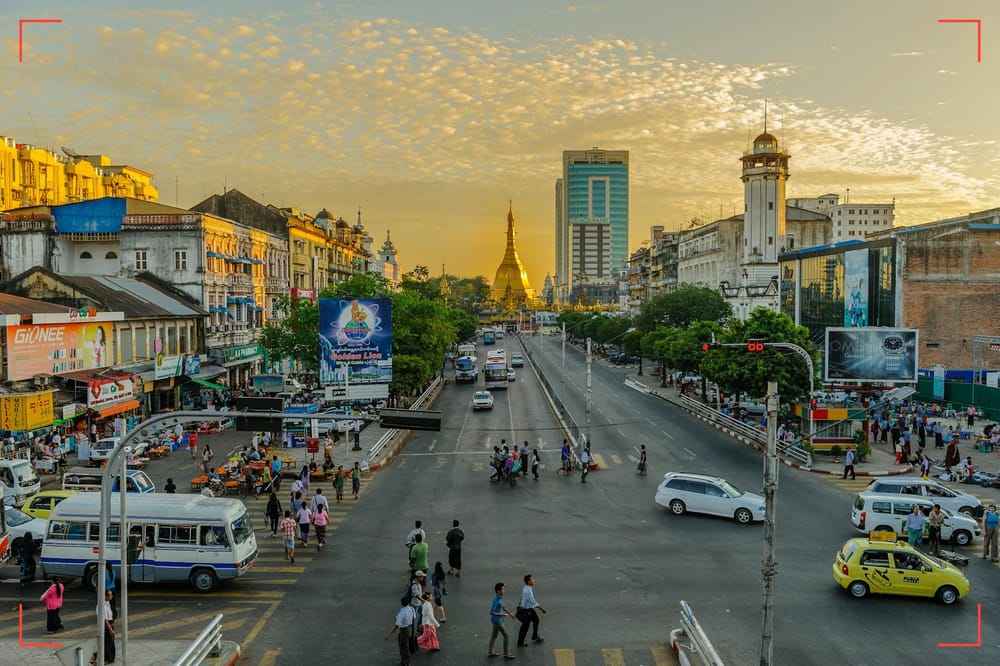
Report Details
Initial Publish Date
Last Updated: 13 JUN 2025
Report Focus Location: Israel-Iran
Authors: AA, SO
Contributors: GSAT
GSAT Lead: MF
RileySENTINEL provides timely intelligence and in-depth analysis for complex environments. Our global team blends international reach with local expertise, offering unique insights to navigate challenging operations. For custom insights or urgent consultations, contact us here.
RileySENTINEL delivers timely, on-the-ground intelligence and in-depth analysis of high-risk environments. Our globally distributed team combines international reach with local expertise, providing unique perspectives to navigate challenging operational contexts. For custom insights or expedited consultations, contact the RileySENTINEL team here.
NOTICE
This FLASH report provides initial analysis of a critical incident and its immediate implications. Given evolving conditions and potential misinformation, stakeholders should use this preliminary update to assess operational modifications needed based on current and anticipated risk exposure.
ACTION ITEMS
Monitor situation developments and coordinate with Riley Risk advisory leads for detailed analysis and guidance. Review current security posture and implement necessary operational changes. While this report enables rapid response planning, it is not a substitute for comprehensive analysis.
SITUATION SUMMARY
Israel Strikes Iran
In the early hours of Friday, June 13, Israel launched a coordinated series of airstrikes on Iran, marking the eruption of tensions between the two countries after months of steady escalation.
Dubbed “Operation Rising Lion”, the Israeli airstrikes struck command-and-control centers, ballistic-missile bases, and air-defense batteries. Israeli officials also stated that they hit Iran’s nuclear facilities, including Iran’s main uranium enrichment plant near the city of Natanz. Strikes were also reported in Tehran and the surrounding military sites, a nuclear research center, two military bases in Tabriz, and the cities of Isfahan, Arak, and Kermanshah. Regional news outlets also reported explosions in the cities of Qasr-e Shirin, Kanjavar, and Shiraz. No radiation leaks were reported in the nuclear facilities hit by Israel.
Several prominent facilities, such as the Bushehr nuclear plant and the deeply fortified nuclear site in Fordow, remain unaffected. Israel also targeted high-ranking members of the Iranian government and nuclear program and also confirmed the deaths of six of Iran’s nuclear scientists.
The air operations were reportedly assisted by Mossad operations on the ground targeting Iranian air defences to clear the path for Israeli strikes. As of Friday afternoon, Israel has conducted six waves of strikes, with more strikes almost certain to occur in the coming hours and days.
Iranian Retaliation, Responses, and Impact
In the hours following the Israeli attacks, Tehran launched more than 100 drones at Israel. Israel’s Iron Dome missile defense system has since intercepted all drones, alongside the Royal Jordanian Air Force, which targeted the drones that entered its airspace. Additional retaliation is almost certain to materialize in the coming hours and days. Indeed, Israel has announced a state of emergency, cancelling all gatherings and public events and urging the public to stock up on the essentials.
Reactions to the strikes have been, so far, predictable. Iran’s Supreme Leader, Ayatollah Ali Khamenei, warned that Israel “must expect severe punishment”.
The US supported the strikes, with President Donald Trump warning Tehran to “make a deal” before it is “too late”. On Friday morning, Washington said that it is positioning two naval destroyers in the eastern Mediterranean to help protect Israeli and American troops from possible Iranian retaliation.
Remaining content is for members only.
Please become a free member to unlock this article and more content.
Subscribe Now






